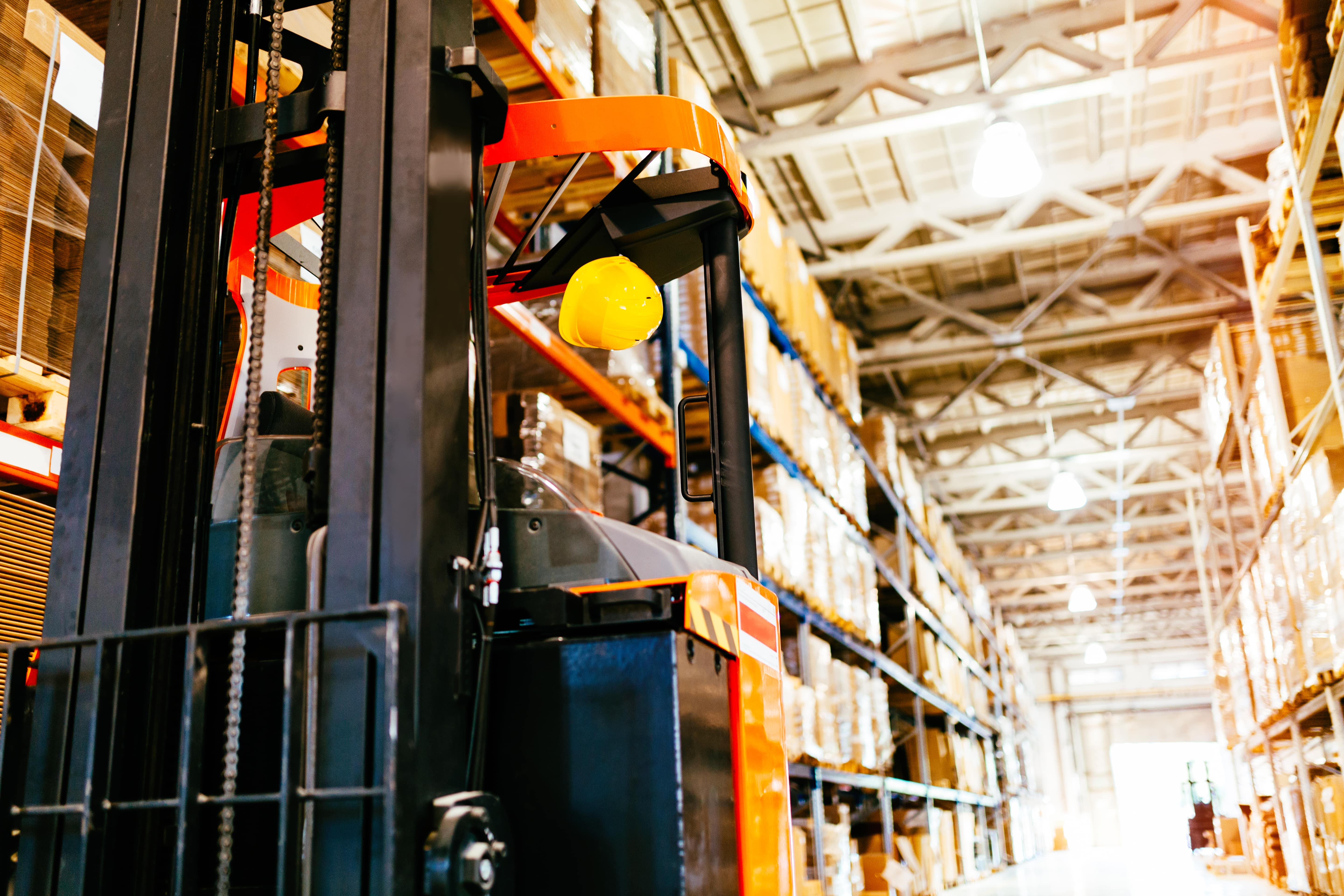How can supply chain leaders implement supply chain strategies to maximize digital transformation? It starts with visibility, orchestration, and collaboration.

It’s no secret that digital transformation is critical to almost every business model today. Almost every C-suite executive realizes this.
Yet 70% to 80% of companies will fail to achieve digital transformation. This is primarily due to issues with data, including barriers to access, accuracy, and alignment.
How can supply chain leaders implement strategies to maximize digital transformation? It starts with visibility, orchestration, and collaboration.
Supply chains typically have numerous activities between manufacturing and delivery, often with a large global sprawl. The ability to track a good or product every step of the way is achieved through visibility. Previously reserved for the customer, advanced product tracking is now important for everyone involved in the production and transportation process.
The purpose of visibility is to discover and resolve any bottlenecks or other challenges along the way in order to keep the supply chain running smoothly. Without visibility, these issues would go unnoticed until it was too late and potentially cause a much bigger issue or a severe delivery delay.
Visibility can be tracked using software. There are numerous advantages to supply chain visibility, most importantly knowing a product's location at all times and what, if anything, might cause a delay. Weather, traffic, supply issues, or even manufacturing problems can all negatively impact delivery times. This information can be shared with the customer waiting on the product, allowing them time to pivot their plan if necessary. The end result of visibility is a satisfied customer, repeat business, and control over the supply chain.
Orchestration of a supply chain is the ability for all external activities to work together as one cohesive unit with an end goal of customer satisfaction. Orchestration ensures a low or no friction process from manufacturing through delivery offering full transparency along the way. With software-enabled orchestration, if a problem is visible at any activity point in a supply chain, the functions directly before and after can work together to keep the deliverable on track.
Orchestration can help mitigate delays occurring from staffing problems, supply shortages, and shipping challenges by providing a complete picture of the supply chain process and enabling all points to work together. This flexibility removes the pressure from each individual activity and puts the focus on the entire process for a timely final delivery.
Enabling both visibility and orchestration through technology significantly reduces the likelihood of a supply chain crisis. The outcome of these enhanced processes is more accurate delivery details for the customer.
In addition to visibility and orchestration, collaboration is vital to the supply chain. Collaboration occurs within each function ensuring that departments communicate and work as a team.
When departments work independently of each other the margin for error grows. Each department depends on the other within a function so having a level of collaboration creates a more cohesive process. Digital collaboration also reduces the hours it takes to accomplish tasks by streamlining communication. When collaboration technology communication is centralized, the need for numerous calls and emails is virtually eliminated.
Visibility, orchestration, and collaboration together create a well-controlled supply chain strategy. The result is a frictionless experience for everyone involved.
Imagine how advantageous it would be if the collection and reporting of data across your entire supply chain were automated and occurred in real-time. Instead of sifting through reports provided by each department, what if an up-to-date report was available at the click of your mouse? How much more connected would your supply chain be if you could access data at each activity point, on-demand and in real-time?
TADA is your supply chain strategy for the future!
Our digital-twin-enabled Control Towers are designed to solve complex supply chain problems and foster multi-tier supplier collaboration. TADA means access to your entire supply chain from your own computer. Using our patented Digital Duplicate(R) technology that works on top of all your current software, we provide full transparency and communication from beginning to end.
By joining all systems with one unique software, TADA allows our customers to connect data silos within their own and their partner enterprises to create a unique data fabric and persona-based command center to increase revenue and drive efficiency.
To learn more, download our whitepaper on supply chain control towers.
Test your own scenarios with TADA’s Clean TO! Build and see the impact in minutes.
Try TADA Clean TO! Build
Test your own scenarios with TADA’s RM Inventory Manager and see the impact in minutes.
Try RM Inventory Manager

Use TADA’s Tariff Manager to model costs, build agility, and protect margins.
Try the Tariff Manager
Test your own scenarios with TADA’s Tariff Manager and see the impact in minutes.
Try the Tariff Managerest your own scenarios with TADA’s RM Inventory! Manager and see the impact in minutes.
TRY RM Inventory! Manager